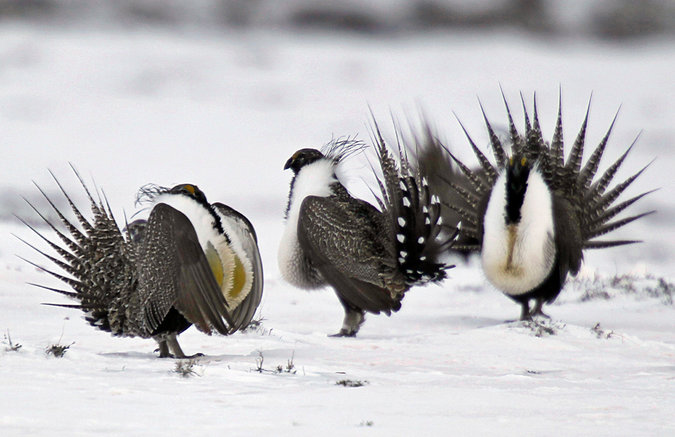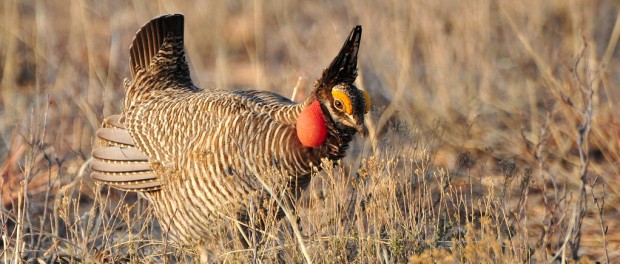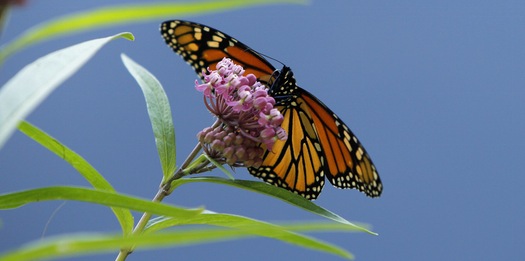By Joshua Rapp Learn
The Wildlife Society
Posted on October 23, 2015
Feral swine are one of the most difficult invasive species to eradicate in North America. The pigs (Sus scrofa), first introduced from Europe, are intelligent enough to avoid many traps and can change their behavior to be more evasive and nomadic once they’ve had encounters with hunters.
But researchers from the U.S. Department of Agriculture’s Wildlife Services are perfecting a poison that’s as basic as bacon for breakfast: salt. Continue reading



